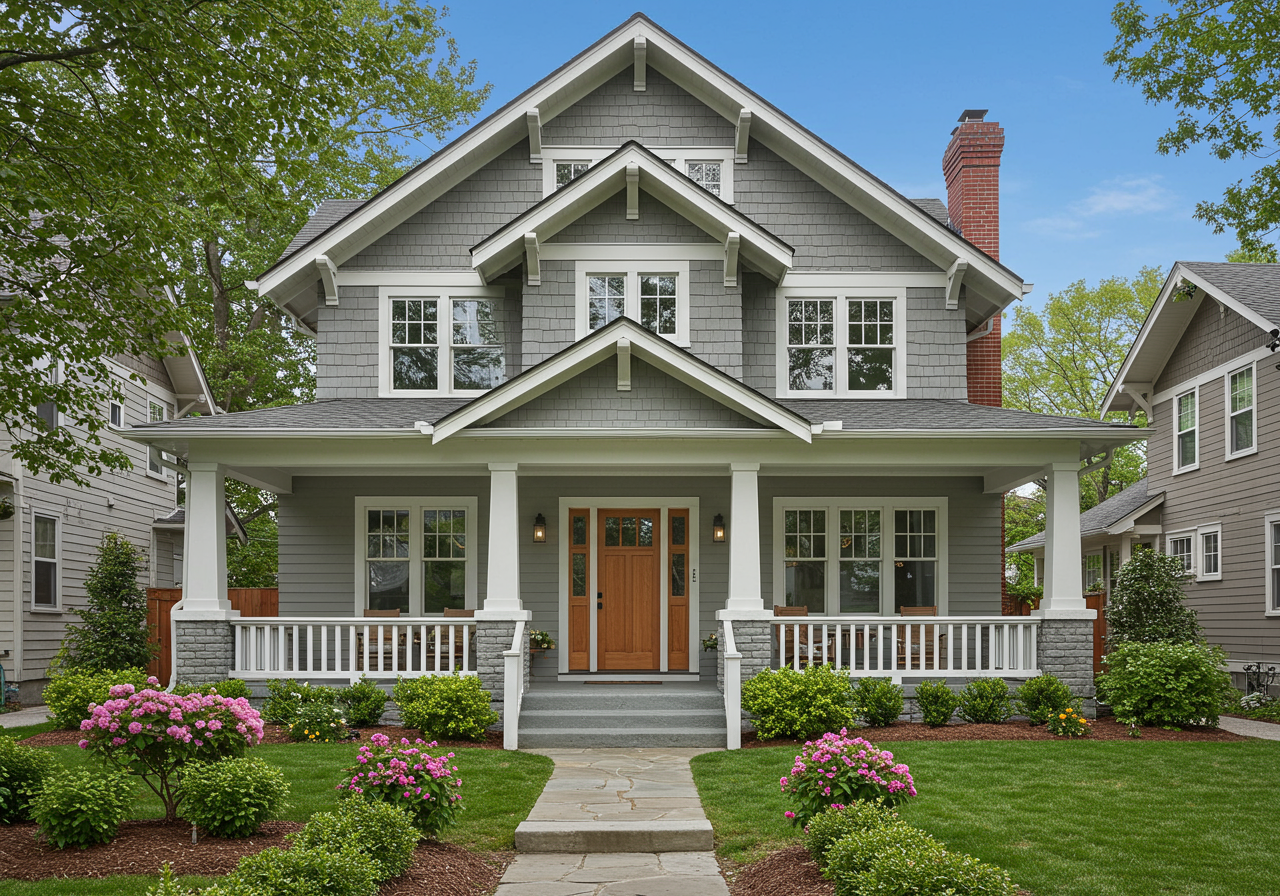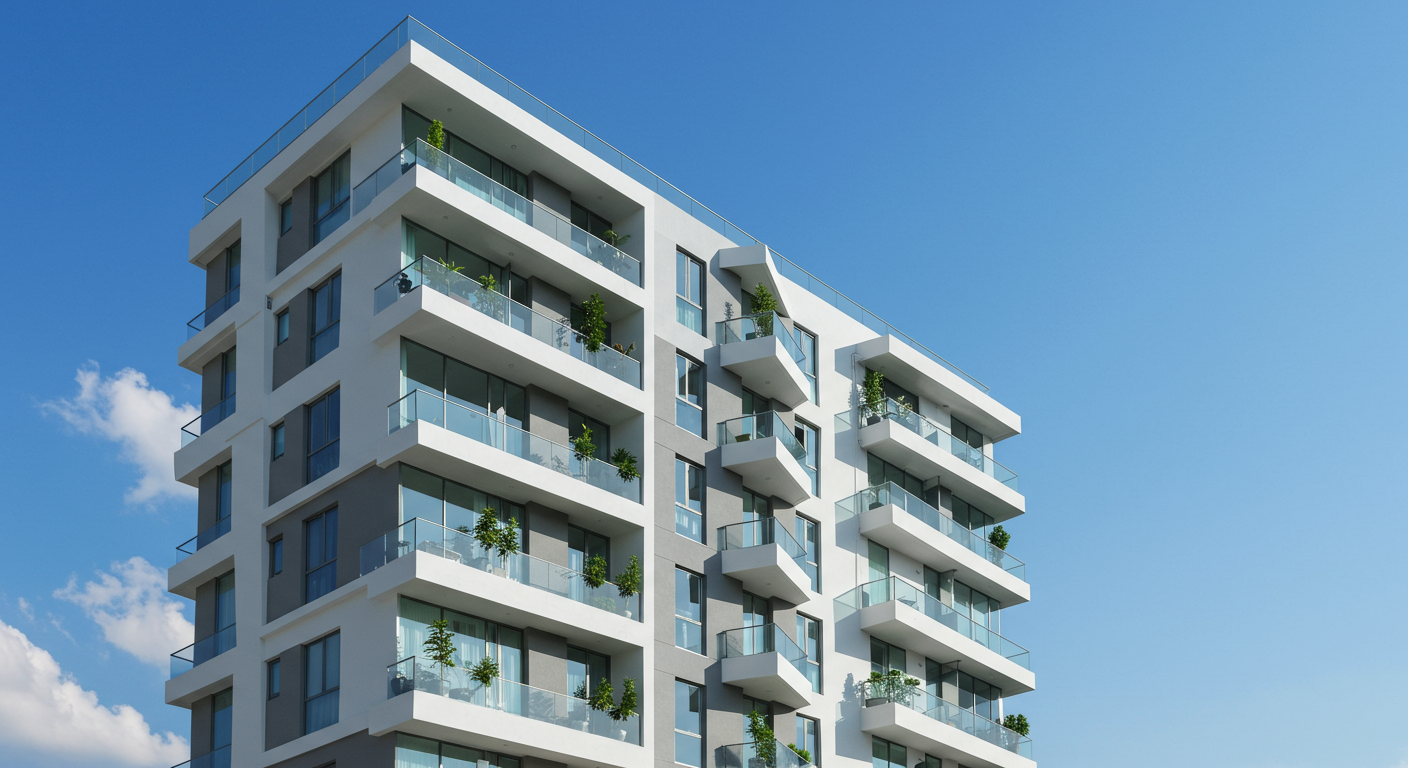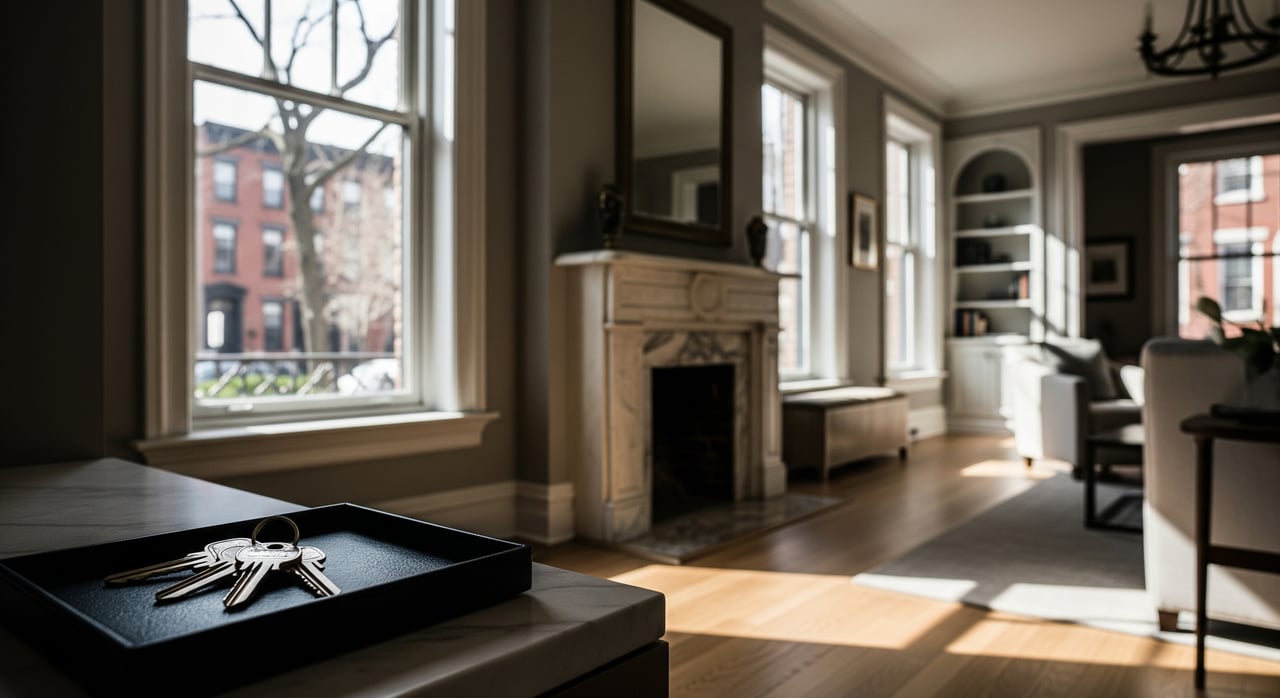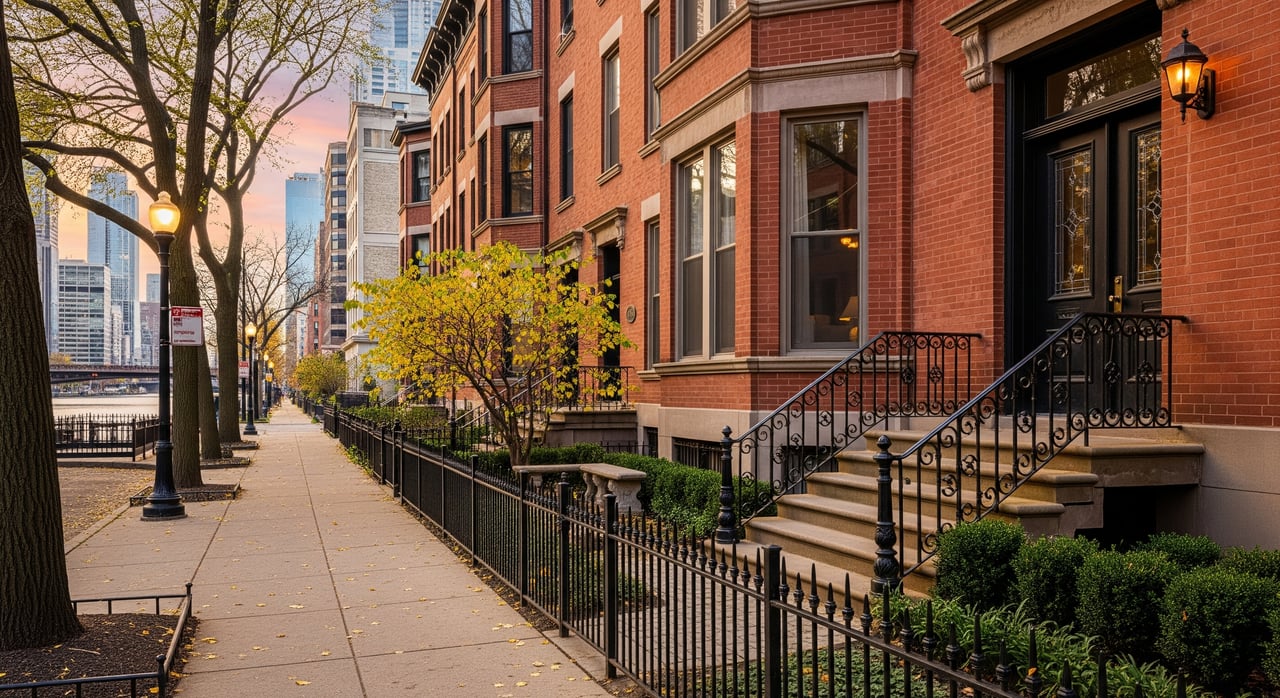Chicago is known for its unique buildings and beautiful architectural features. Perhaps no neighborhood better embodies these qualities than the South Side. As you travel through the area, you’ll notice some of the finest and most creative buildings that you’ll see anywhere. In this article, you’ll become more familiar with the various styles and influences that often come up when shopping for South Side homes for sale.
1. The Bungalow

Chicago is well known for its many bungalows. This home style originated in California in the 19th century, but the design quickly spread across the country. Bungalows account for nearly one-third of all single-family homes in Chicago, as there are nearly 100,000 bungalows in the Chicago area, many of them built between 1910 and 1940. They were popular in the early 20th century as many middle-class workers looked for places to live. They are known for their brick construction and fully finished basements. Common features include concrete entryway stairs and limestone accents on the facade of the home. Inside, you’ll usually find the living room, dining room, and kitchen confined to one side of the house. The bedrooms are usually on the opposite side of the home. Bungalows typically feature an attic for extra storage along with a back porch where residents can enjoy time outside with family and friends.
2. The Frame Two-Flat
Frame two flats were also built during the early part of the 20th century. They represent a bridge between apartment living and single-family housing like most bungalows provide. You would often find the owner living on the first floor of the home while a tenant rented the upstairs portion. Frame two-flats often use wood, brick, and stone. They include various Victorian elements in their layout as well as their decoration. Besides these features, the architectural layout of frame two-flats can often vary from house to house. Some families choose to convert two flats into single-family homes.
3. The Chicago Greystone
Chicago Greystones are a midwestern take on New York brownstone-style houses. They have a reputation for being easy to build, and they are a popular style throughout the entire city of Chicago. Greystones usually have small variations that make each home unique, but many Greystones resemble each other fairly closely. Builders began constructing Chicago Greystones in the 1890s, and most were finished before the year 1930. They became increasingly popular after the Chicago Fire in 1871, as many Chicagoland residents became concerned about building density.
Greystones best represent a simple Classical Revival style. Many Chicago Greystones function as single-family homes, but others would house multiple families. They are often hard to distinguish from more upscale homes because of their stacked apartments and the street-facing entrances. Since there is only one way to get in, it’s easy to confuse multi-family dwellings for a single home.
4. The Courtyard Building
These buildings have a U-shaped design, and they often exist around green space that you can see from the street. They were sold as luxury housing units during the early part of the 20th century. Residents would share a front entrance stairwell with several other tenants, or they could use the back entry staircase. This expert organization is what sets courtyard buildings apart from other apartment complexes. Because residents have multiple points of vertical access, the units aren’t connected to each other horizontally. In other words, you couldn’t walk down the hall from one unit to another. You can only access an apartment by using the stairs. Most courtyard buildings have three stories or less. City ordinances that existed at the time of construction made it more challenging to build higher buildings for fear of violating fire codes.
5. The Workers’ Cottage
Workers’ Cottages are among the oldest houses you’ll read about on this list. Construction on these homes began in the early part of the 1800s. Most were built modestly with wood or brick. The majority of brick constructions came up after the Great Chicago Fire in 1971. Workers’ Cottages most commonly have one and a half stories and display a Greek Revival style of architecture. These homes give you a glimpse into what life was like in Chicago’s earliest days. While many Workers’ Cottages have been demolished in recent years, many Chicago residents remain passionate about preserving as many of these homes as possible.
6. Condos

Condos didn’t become common until the 1980s. Most condos are designed as warehouse buildings that have since been converted into lofts and condos. Condos range in terms of amenities and layouts, with some being rather pricey and others being surprisingly affordable. Many condos have lofted ceilings, and it’s common for condos to feature the original details of whatever structure or space they are occupying. Most condos showcase around 1,000 square feet and have one bedroom and one bathroom.
7. High Rises
You’ll find high rises in Chicago that function almost like they were their own cities. Some high rises have their own movie theaters and bowling alleys on their ground floors, along with shops and restaurants. If you’re looking for South Shore real estate, one of the most popular high rises on the South Side is the South Shore Beach Apartments. This impressive 34-story building sits on the banks of Lake Michigan and provides residents with private beach access. You can also enjoy an on-site exercise facility along with a 24-hour doorman and package-receiving services.
If you’re interested in shopping for South Side homes for sale and you are looking for expert guidance, Julie Latsko is the best agent for the job. Julie is known for her tireless work ethic and her keen attention to detail. Her business has grown exponentially over the past couple of years as a result of her consistency and creative approach to marketing homes. She remains committed to partnering with her clients around the clock to help them reach their goals. Reach out to Julie if you’re thinking about buying or selling South Side Chicago real estate.
*Header




